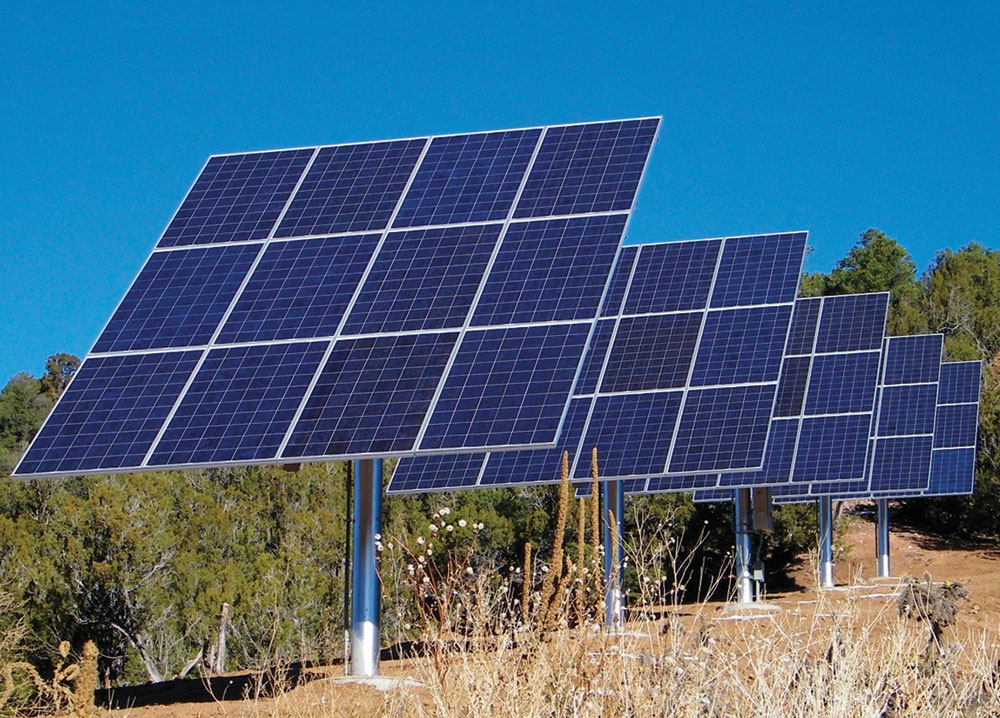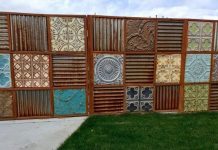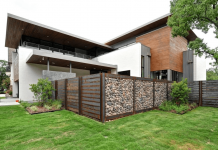The era of clean energy does not seem like a farfetched dream anymore. While the industrial revolution came with many gifts, it also came with just as many setbacks. It has certainly improved our way of life, has help make the world a global village, and connected societies in a way that nothing else could; at the same time it has provided us with a set of problems, that until very recently had seemed virtually unsolvable – climate change, global warming, environmental degradation. The industries that had given us so much are also taking away. The concept of renewable energy has altered this battle in our favor and the very foremost asset in the renewable energy armor has been solar technology.
Better known as photovoltaics, this tech. has helped turned the tides in our favor and has over time flourished into a thriving industry. Photovoltaics use sunlight and convert it into useable electricity. It has two major physical components – a module better known as solar panel, and an inverter that distributes the collected energy into homes.
While solar energy systems have been thriving over the past few years, not many people know that for proper installations they have to be mounted just right – for proper orientation, direct sunlight gain and optimum positioning. For that purpose there are a number of ways you can go about the process of mounting. There are a number of options, which we’ll be discussing briefly in the article below.
What is a mount?
For the solar panel to be installed properly, it has to be fitted at the allocated space in a customized way. Mounts a specially designed frames to adhere a solar panel to its allocated frame. They are usually light in weight and made to be adjustable to give the panel more flexibility and movement. They are also mad to be strong and resilient against climatic harshness i.e. strong winds, hail, etc. These mounts come in various shapes and sizes and could be affixed to most places on any property. Further let us discuss the types of mounts.
1. Roof Mounts
Possibly one of the most common mounts available and recommended by professionals, these are known to keep the panels out of the way, and keep the panels in a position that would be the most optimum to gain direct exposure. One of the benefits of proposing roof mounts is that they are relatively affordable – they are also known to be able to flat mount on the roof. This is however only true for inclined roofs that lean towards the better orientation.
It would be important to note that while the mounts are affordable, the installation is certainly not. That happens for a good reason, though; these mounts have to be installed on an existing roof, so the person in charge has to be careful not to damage the existing structure. One wrong move and the entire roof can come crashing down. It is also a time consuming task.
Another important thing to note is that the mounts come in an ‘above or below roof’ feature. The panels that go below the roof come with an added advantage of being easily removable whenever you decide to replace your roof without disturbing the panels. This type of ceiling has to be installed during the process of actual construction and cannot be maneuvered into an existing roof.
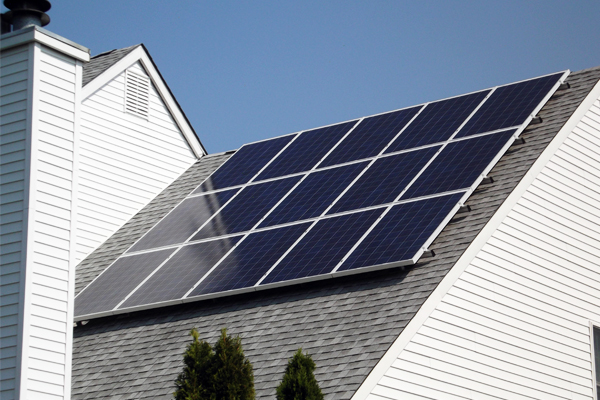
READ ALSO: What Is Solar Water Heater
2. Ground Mount
This kind of frame is affixed directly into the ground and is known to be reliable as well as durable. It holds up a specific number of solar panels depending on the number of available frames. You may have seen an array of slanted solar panels affixed to the property – these are the ground mounts and they hold the panels at a specific angle all year round. They lack flexibility which means that they also hinder the efficiency of the solar panels attached to them. The lack of flexibility in actual movement is however compensated by an adjustment feature – this allows the user to set the angle of the frames to catch the optimum light in all year round.
These are usually used when there is plenty of ground cover that has low shadowy spots and comes with the added advantage of being easily accessible for maintenance purposes. Considering there are no worries for roof management, this could be a good setup, too.
Keep in mind that ground mounts are usually against town/city codes in most places, and make sure that the ground on which the mounts are affixed is firm and compact enough to carry their weight.
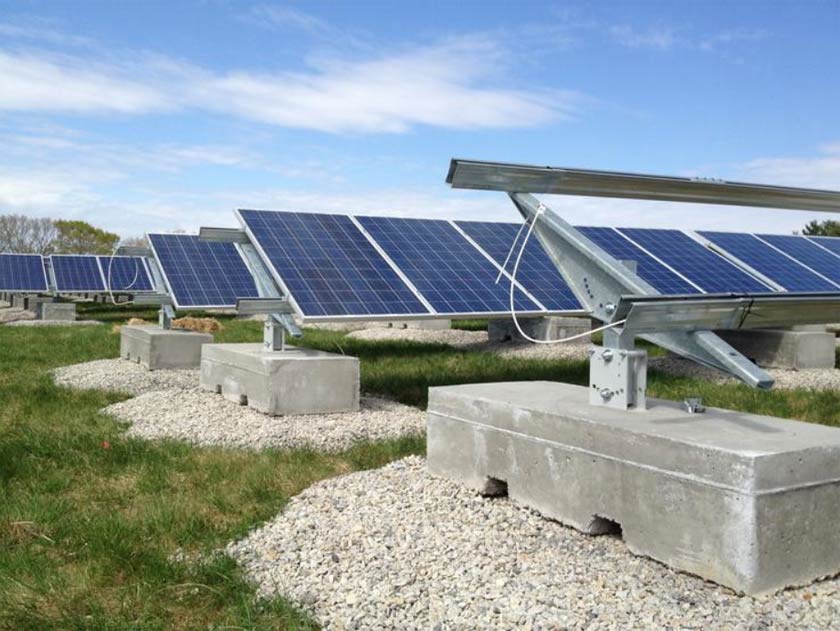
3. Pole Mounts
A single pole that can support a full rack of solar cells at a particular angle. A solitary pole can hold a large number of panels – sometimes even sixteen. This can be a nice alternative to a roof mount system. These are known to take a comparatively lesser amount of space. It is also less visually obstructive that way, and would work better in terms of space constraints.
An added bonus of using a pole mount is the element of flexibility – both in movement and angle. The pole mount can swivel, allowing the panels to move in accordance to the sun path. It is an efficient way to optimize solar energy without having too many setbacks.
